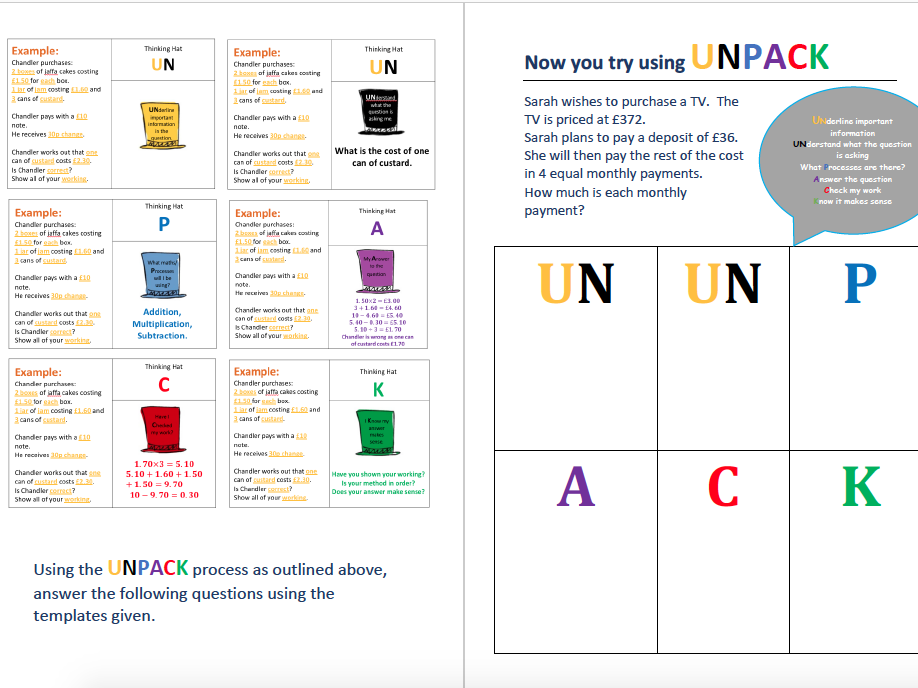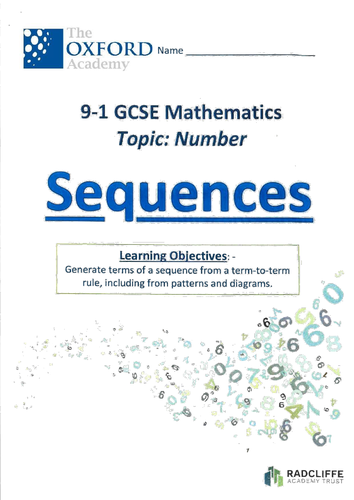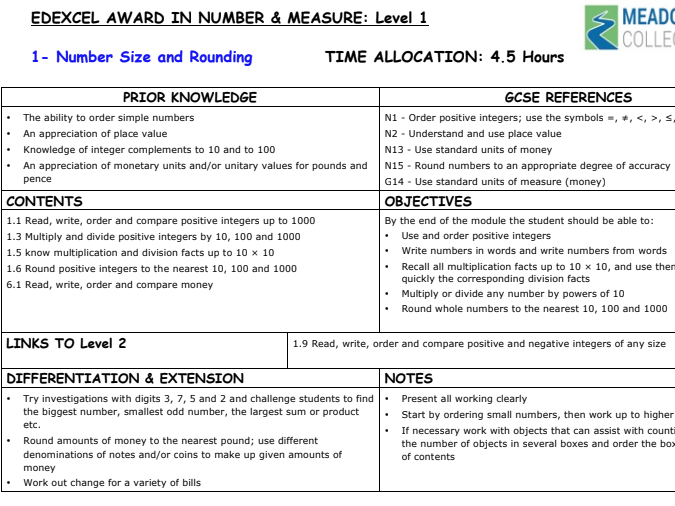
73Uploads
11k+Views
3k+Downloads
Math
Sale

UNPACK Maths Problems
I am going to UNPACK these Maths Problems!
To effectively solve problems in mathematics, and for you to get all of the ‘P’ marks in the exam, you will need to UNPACK the questions. This work booklet shows students how to ensure that they get the full marks when tackling problems solving questions in the exam.
By following the UNPACK rules below, it will enable you to ensure that you get the full-marks for all problem-solving questions: -
Underline important information in the question
Understand what the question is asking me
What maths Processes will I be using?
My Answer in the question
Have I Checked my work?
I Know my answer makes sense
Sale

Operations, Estimation & Checking Calculations
Learning Objectives:-
Understand the relationships between operations e.g. inverse operations
Estimate answers)
Check calculations using approximation and estimation (including using technology
Sale

Circles
Learning Objectives:-
• Describe the parts of a circle, including tangent, arc, sector, segment, centre, radius, chord, diameter, circumference
• Recall and use the formula for the area & circumference of a circle
• Calculate arc lengths and the angles and areas of sectors of circles
Sale

3D Shapes, Properties, Volume & Surface Area
Learning Objectives:-
• Identify the properties of 3D shapes including cubes, cuboids, cylinders, pyramids, cones and spheres.
• Know and apply formulae to calculate volumes of cuboids and other right prisms (including cylinders)
• Calculate the surface area of spheres, pyramids, cones and composite solids.
Sale

Cumulative Frequency, Box Plots & Comparing Distributions
Learning Objectives:-‐
Construct and interpret cumulative frequency
diagrams (for grouped discrete as well as
continuous data)
Interpret and construct box plots
Use measures of central tendency and measures
of spread to interpret, analyse and compare the
distributions of data sets
Sale

Properties of Polygons
Learning Objectives:-
Derive and apply properties of polygons (and know their names)
Correctly use geometrical terms, label triangle sides and angles and draw diagrams from written descriptions
Calculate interior and exterior angles in regular polygons
Identify lines or symmetry and rotational symmetry order
Sale

Edexcel Award in Number and Measure Level 1: Scheme of Work and Staff/Student Assessment Trackers
Scheme of Work, Staff Tracker and Student Tracker for Edexcel Award in Number and Measure: Level 1
Scheme of Work:- Provides detailed lesson plan for each of the 13 units in the Level 1 qualification, and also provides links to the Level 2 and GCSE courses. Objectives, Differentiation and Extension points are also provided.
Staff and Student Tracker:- Provides a breakdown of the learning objectives for each Unit, so that staff and students can track their understanding and progress throughout the course.
Sale

Trigonometry
Learning Objectives:-
Know and use trigonometric ratios for right-angled triangle to:-
Find the length of a missing side
Find the size of a missing angle
Sale

Vectors & Transformations
Learning Objectives:-
How to generate a Vector, and Add and Subtract vectors
Consider transformations rotation, reflection, translation and enlargement (including fractional scale factors)
Sale

Equations
Learning Objectives:-
• Solve linear equations with one unknown on one side
• Derive equations from geometric and other forms of problem
• Solve two linear simultaneous equations in two variables algebraically
Sale

Integers
Learning Objectives:-
• Recognising place value
• Ordering whole numbers
• Recall all positive integer complements to 100
• Understanding place value and round to a given power of 10
• Round to the nearest integer
• Round to a given number of decimal places
• Estimate answers to problems involving decimals
• Round a number to one significant figure
Sale

Straight-line Graphs
Learning Objectives:-
Be able to name and draw horizontal and vertical equations
Be able to draw an equation onto axis using the table method
Identify and interpret gradients and intercepts of linear functions, both algebraically and graphically.
Sale

Histograms
Learning Objectives:-
Construct and interpret histograms with equal class widths (for grouped discrete as well as continuous data)
Construct and interpret histograms with unequal class widths (for grouped discrete as well as continuous data)
Sale

Ratio & Proportion
Learning Objectives:-
Relate ratios to fractions and linear functions
Divide a quantity in a given ratio
Convert standard compound units in numerical and algebraic contexts
Sale

Probability & Venn Diagrams
Learning Objectives:-‐
• Describe the probability of an event occurring
using probability words
• Use a probability scale
• Theoretical Probability and Mutually exclusive
events
• Relative frequency
• Enumerate sets and combinations of sets
systematically, using tables and grids
• Record, describe and analyse the frequency of
outcomes of probability experiments using tables
and frequency tress (probabilities as fractions,
decimals or percentages)
• Enumerate sets and combinations of sets
systematically, using Venn Diagrams
Sale

Mathematics Intervention: 14 - Sequences
I have created a series of 17 workbooklets to be used with low ability KS3 students.
They can be purchased individually, or all 17 (plus 2 x trackers) can be purchased as a bundle.
Excellent for interventions.
Sale

Problem Solving with Probability:- How to "UNPACK" Problems
Workbooklet with exam questions and a guide book on how to “UNPACK” GCSE questions.
Sale

AQA Entry Level Maths: Unit 1 Properties of Number
Unit 1: Properties of Number PPT
PPT which covers all the topics in Unit 1 of the AQA Entry Level Qualification (Level EL1 - ELC3)




















